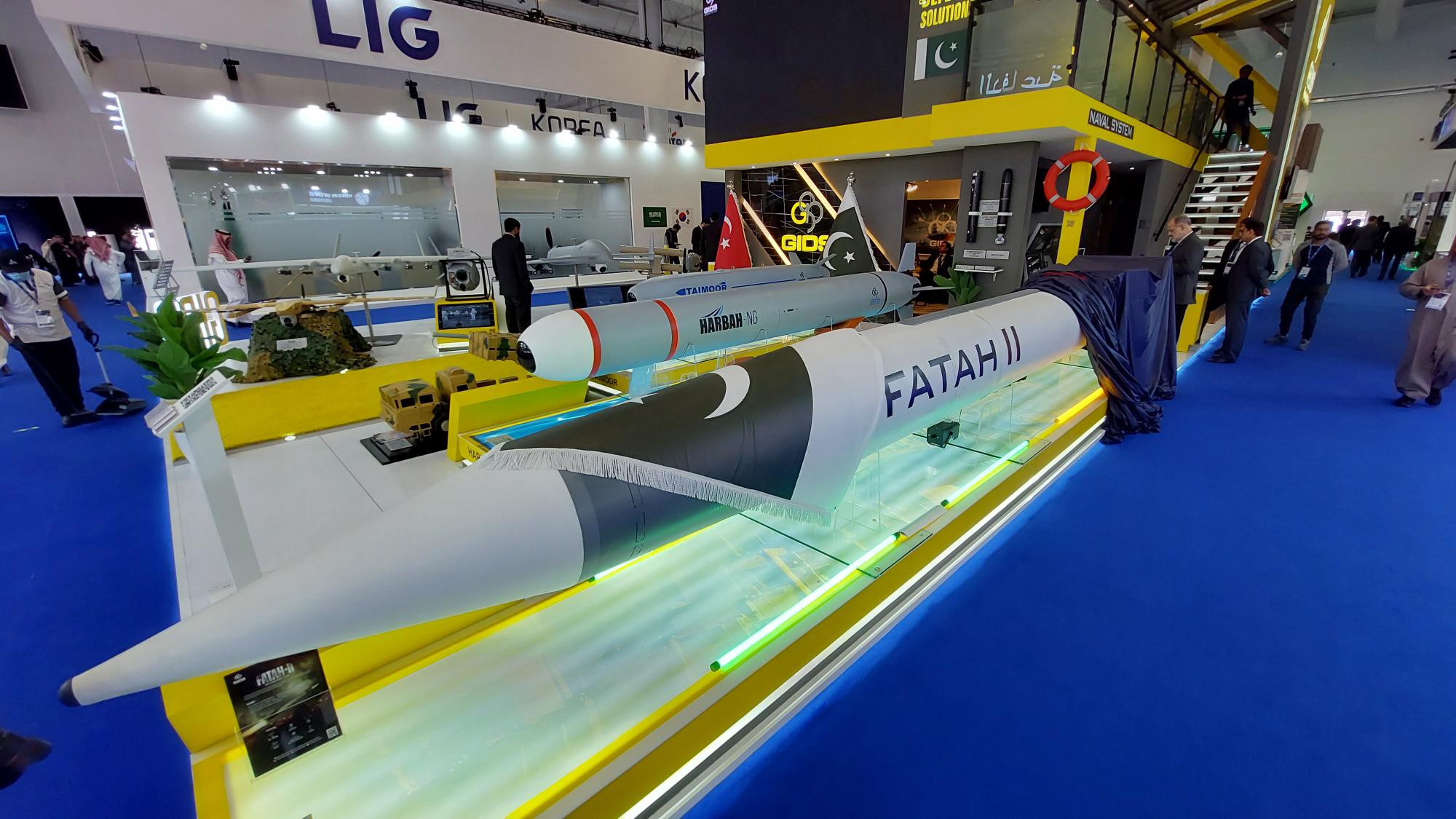True but Turkiye got Mushaks as an offset. Something similar might happen.
I guess why not? Fatah-iI is really good and cost effective.
True but Turkiye got Mushaks as an offset. Something similar might happen.
Yeah Fatah 2 is a good system. Pakistan showing interest in a lot of Turkish products so offset deals will likely happen in the future.I guess why not? Fatah-iI is really good and cost effective.
250km range? We have Bora for that. Why would we waste money on a product that we already possess. Makes no sense. Probably just a courtesy visit by officials.Although Fatah-iI is really good and Turkey doesn’t have anything similar in class for that range, but Roketsan could easily develop one. So, I really doubt TAF will want to buy it.
250km range? We have Bora for that. Why would we waste money on a product that we already possess. Makes no sense. Probably just a courtesy visit by officials.
No export is 250km. 400km is for the Pakistan Armed Forces.400km. It has better maneuverability than Bora from the looks of it.
Looking at this missile on the surface, it is similar to Bora.No export is 250km. 400km is for the Pakistan Armed Forces.
Mushaks were also a waste of money.
In any case no need for this. If TSK wants Roketsan can carry out improvements on Bora and just sell them Bora-II.
Looking at this missile on the surface, it is similar to Bora.
Bora made for TAF has a 360+km range. We have seen in at least two firing videos how accurate it is as it hit it's targets with precision within less than a meter.
FATAH-2 uses Sat/nav and INS for precision strikes. We all know how Sat/Nav signals can be jammed in the battlefield.
With all due respect, according to the limited information released on this missile :First it is a MLRS system not a tactical balistic missile. So it is cheaper than Bora.
It has 8 missiles in a truck so it has a big firepower.
If there is a joint production we will have 400 km variant.
We need something having a longer range than TRG300 as GMLRS. Fatah can be a solution as a ready system.
We can use our own trucks and antijam GNSS during the production.
It can be a nice solutions for our needs.

What is the diameter of Fatah II?

 www.gids.com.pk
www.gids.com.pk

 euro-sd.com
euro-sd.com

Over the distance of 400 km? They never said it was tested at this distance, only stated the capable range.
It has a CEP of 10 meters. (I don't think TSK will go for something with 50 meters CEP)
Pakistan successfully tested a ballistic missile capable of carrying MIRV warheads. A big strategic capability increase.
Sure, what‘s the connection to long range GMLR or TBM?Pakistan successfully tested a ballistic missile capable of carrying MIRV warheads. A big strategic capability increase.

 missilethreat.csis.org
missilethreat.csis.org
